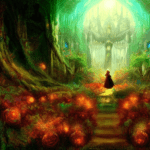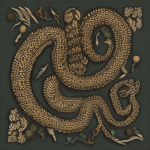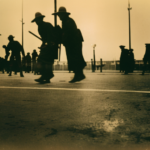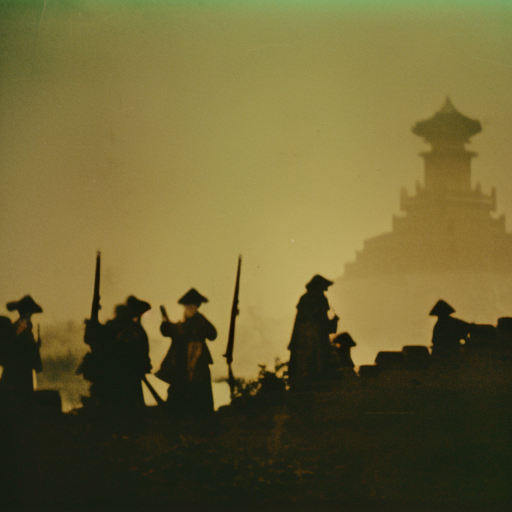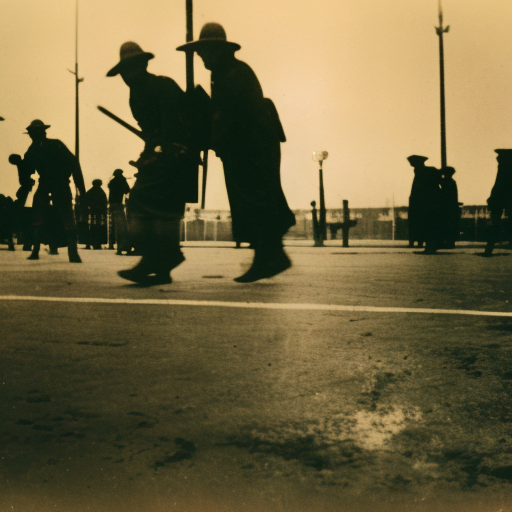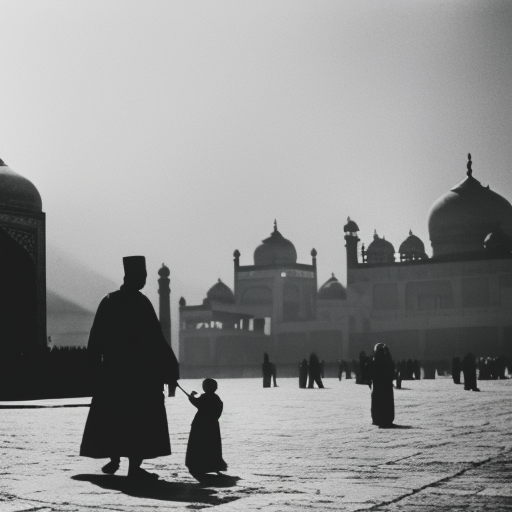The Qing Dynasty: China’s Last Imperial Dynasty
The Qing Dynasty, also known as the Manchu Dynasty, was the last imperial dynasty of China, ruling from 1644 to 1912. It was established by the Manchu people, who originated from the northeastern region of China. The dynasty witnessed significant territorial expansion, economic prosperity, and cultural achievements, but also faced internal rebellions and external pressures that ultimately led to its downfall.
Establishment and Consolidation
The Qing Dynasty was founded by the Manchu leader Nurhaci, who united various Jurchen tribes and established the Later Jin Dynasty in 1616. After Nurhaci’s death, his son Hong Taiji succeeded him and changed the dynasty’s name to Qing in 1636. In 1644, Qing forces led by the Manchu prince Dorgon captured Beijing, effectively ending the Ming Dynasty and establishing Qing rule.
Early Reign and Expansion
Under the early Qing emperors, China experienced a period of stability and expansion. The Kangxi Emperor, who reigned from 1661 to 1722, was one of the most successful rulers of the dynasty. He implemented effective governance policies, promoted economic development, and expanded China’s territory through military campaigns. The Qing Dynasty reached its territorial zenith during the reign of the Qianlong Emperor, who ruled from 1735 to 1796.
Qing Society and Culture
The Qing Dynasty was characterized by a hierarchical social structure. The ruling Manchu ethnic group held the highest positions in government and society, followed by the Han Chinese majority. The dynasty implemented the “Eight Banners” system, which organized the Manchu and Mongol populations into military and administrative units. The Qing court also adopted Confucianism as the official ideology and promoted traditional Chinese culture, art, and literature.
Challenges and Decline
As the Qing Dynasty expanded, it faced various challenges that contributed to its decline. Internal rebellions, such as the White Lotus Rebellion and the Taiping Rebellion, weakened the dynasty’s control over its territories and caused widespread devastation. Additionally, the Qing Dynasty faced external pressures from Western powers, particularly during the Opium Wars in the mid-19th century. These conflicts exposed China’s military weaknesses and forced the dynasty to sign unequal treaties, ceding territories and granting extraterritorial rights to foreign powers.
The Xinhai Revolution and the End of the Qing Dynasty
The Qing Dynasty’s downfall came with the Xinhai Revolution in 1911, which led to the establishment of the Republic of China. The revolution was sparked by a combination of factors, including widespread dissatisfaction with Qing rule, the influence of Western ideas, and the weakening of the dynasty’s military power. The last Qing emperor, Puyi, abdicated in 1912, marking the end of over two thousand years of imperial rule in China.
Legacy
Despite its eventual collapse, the Qing Dynasty left a lasting impact on Chinese history. The dynasty’s territorial expansion contributed to the shaping of modern China’s borders, and its governance policies influenced subsequent Chinese governments. The Qing Dynasty also witnessed significant cultural achievements, particularly in the fields of literature, art, and architecture. Today, the remnants of Qing culture can still be seen in various historical sites and traditions throughout China.
In summary, the Qing Dynasty was the last imperial dynasty of China, established by the Manchu people in 1644. It experienced both periods of prosperity and challenges, expanding its territory and promoting cultural achievements. However, internal rebellions, external pressures, and the Xinhai Revolution ultimately led to its downfall in 1912. Despite its collapse, the Qing Dynasty’s legacy continues to shape China’s history and culture.




